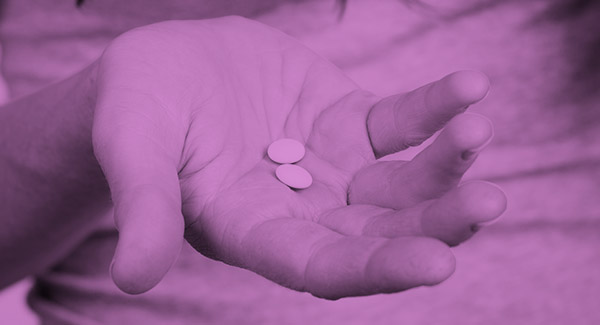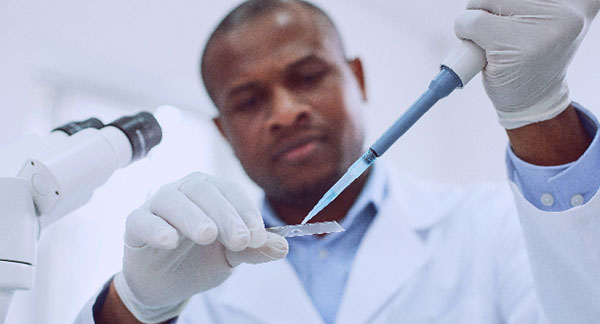Treatment Guidelines for Osteoarthritis
Use these top evidence-based treatments for OA of the knee, hip and hand.
From standard medical therapies to old wives’ tale remedies, there are hundreds of treatment options to relieve the pain and stiffness of osteoarthritis (OA). But which really work?
Not every remedy will work for every person. But the Arthritis Foundation partnered with the American College of Rheumatology to develop treatment guidelines to help doctors and patients know which ones are the most likely to do you good.
The guidelines include strong recommendations and conditional recommendations based on published evidence, expert judgment, and patient opinions.
Strong Recommendations
These options show strong evidence for benefit that clearly outweigh harm for almost all people with OA:
- Educational, behavioral and psychosocial approaches:
- Weight loss, especially for those with hip and knee OA.
- Self-efficacy and self-management programs to help build skills like fitness and exercise goal setting, problem-solving and positive thinking.
- Mind-body and physical approaches:
- Exercise: aerobic, strengthening, neuromuscular and aquatic exercise are all recommended. Note: exercise may be more effective if supervised, so you may consider working with a physical therapist.
- Tai-chi, especially for those with hip and knee OA.
- Medical devices and aids including canes (for hip and knee OA), orthotic devices and wrist braces.
- Pharmacological approaches:
Conditional Recommendations
For these recommendations, the balance between benefit and harm was closer than with the strong recommendations. The experts and patients on the voting panel think the majority of informed patients would choose to try the treatment, but some would not.
- Educational, behavioral, and psychosocial approaches:
- Cognitive behavioral therapy.
- Mind-body and physical approaches:
- Yoga, especially for those with knee OA.
- Balance training, especially for those with hip and knee OA.
- Medical devices and aids, including heat/cold, radio frequency ablation (knee), medical tape, orthotic devices, acupuncture and knee braces.
- Pharmacological approaches:
- Topical NSAIDs (hand).
- Topical capsaicin (knee).
- Intra-articular steroid injections (hand).
- Intra-articular steroid injection over other injectables.
- Chondroitin sulfate (hand).
- Acetaminophen.
- Duloxetine (knee).
- Tramadol.
The Arthritis Foundation is proud to have partnered with the American College of Rheumatology (ACR) on the development and release of these guidelines for the management of osteoarthritis (OA) of the hand, knee and hip. The guideline process included input from OA patients recruited through the Arthritis Foundation.
Learn more by reading the paper containing the full list of recommendations and supporting evidence.
Diagnosed With Osteoarthritis?
Get the latest news and tips about living with OA in the Living Your Yes! e-newsletter.


